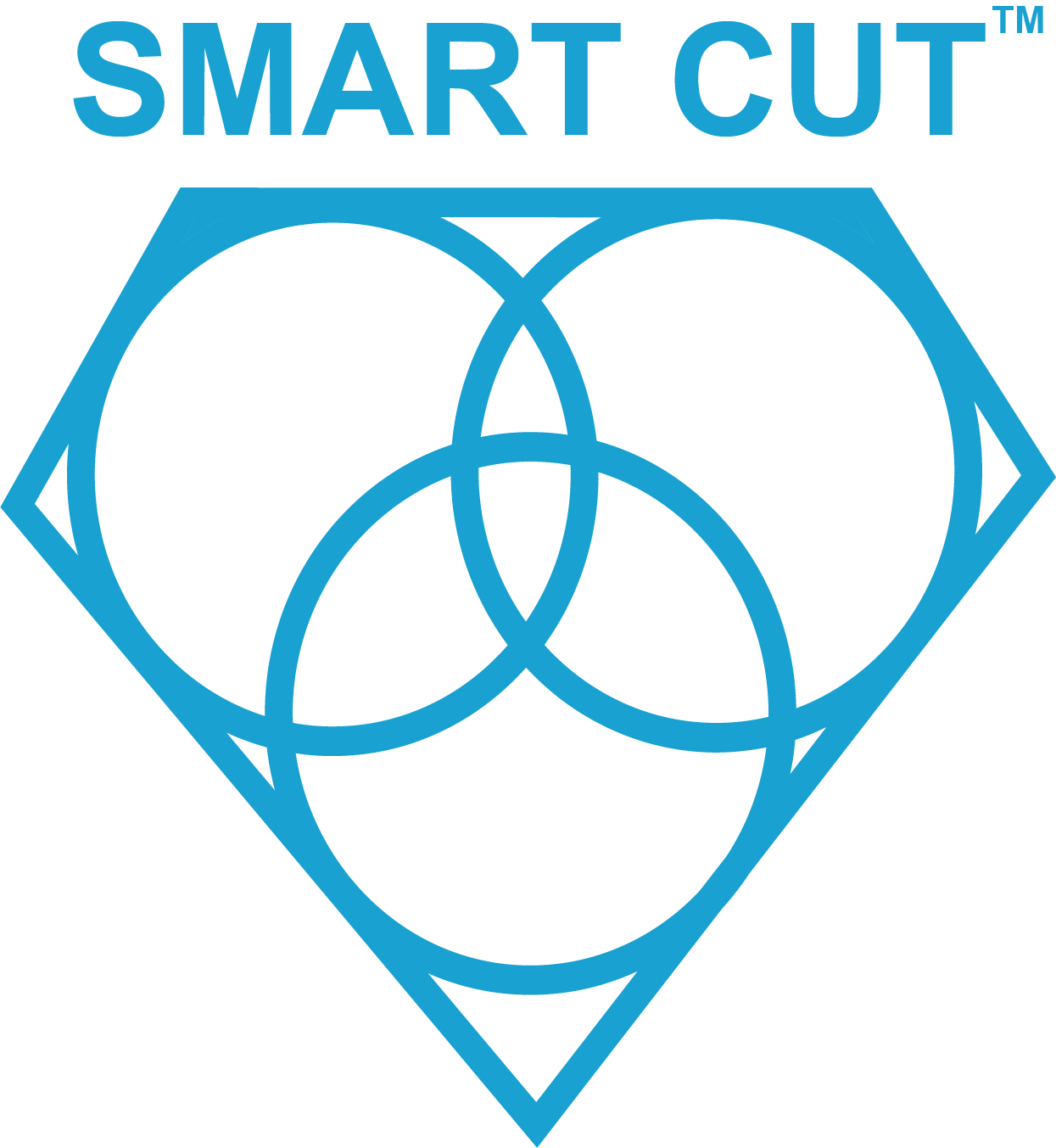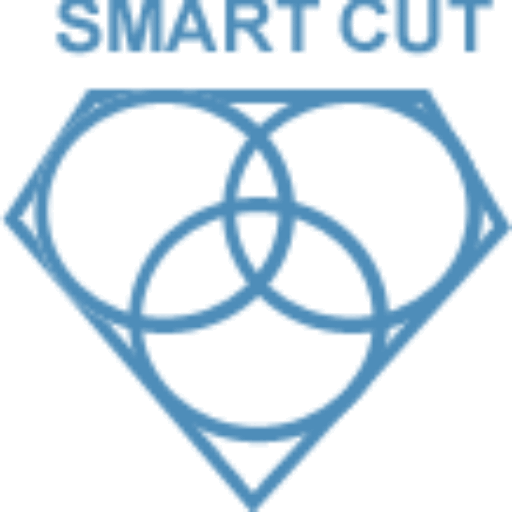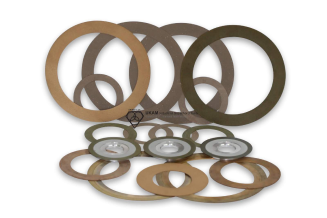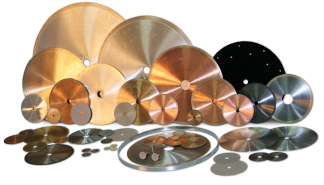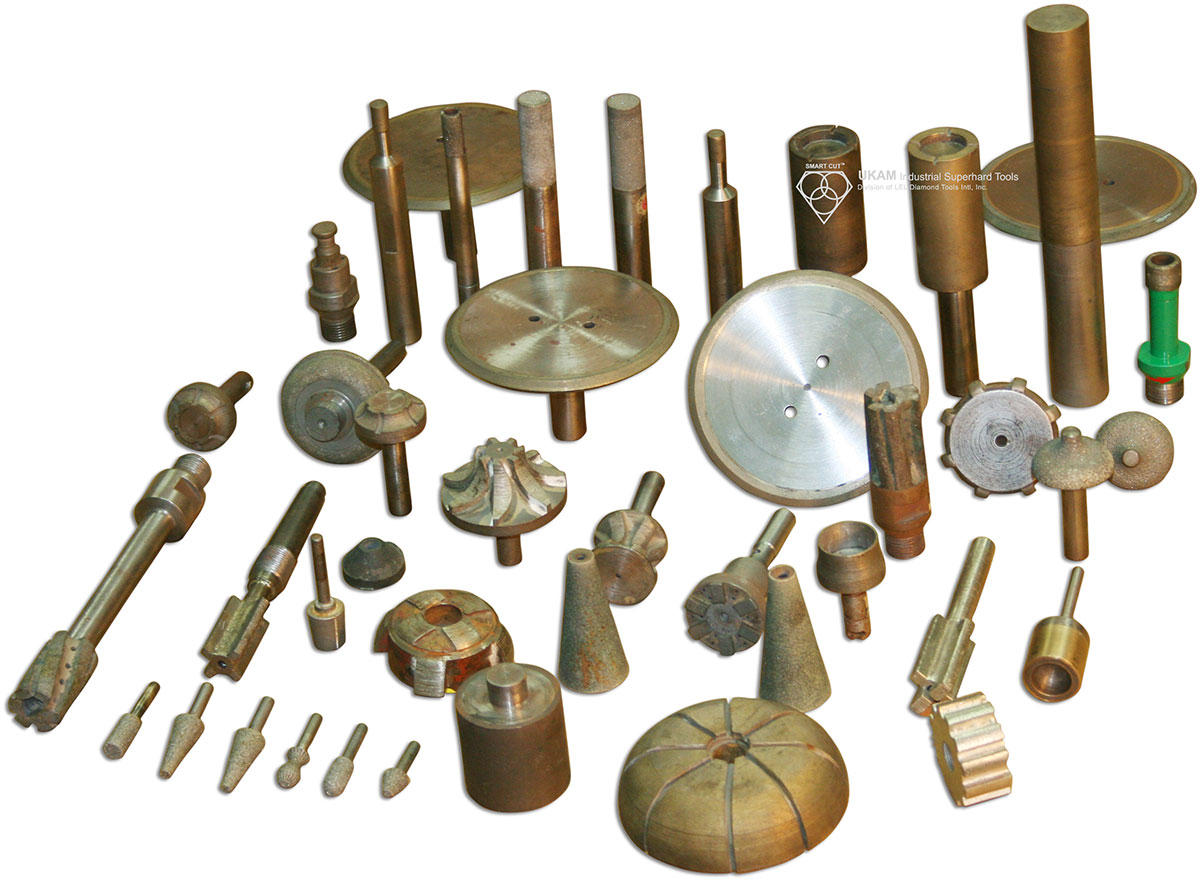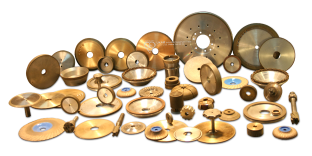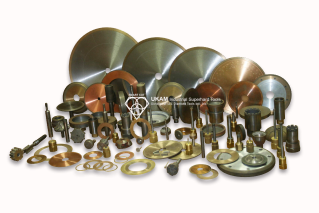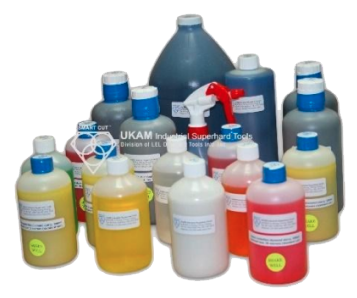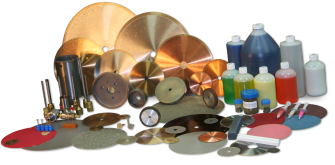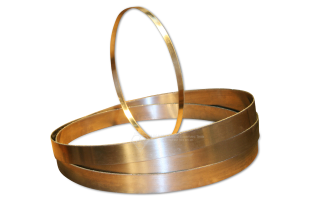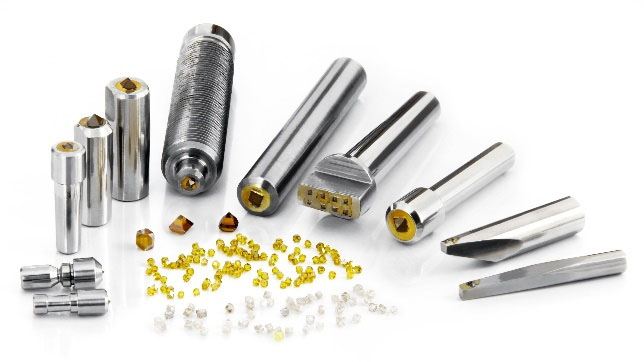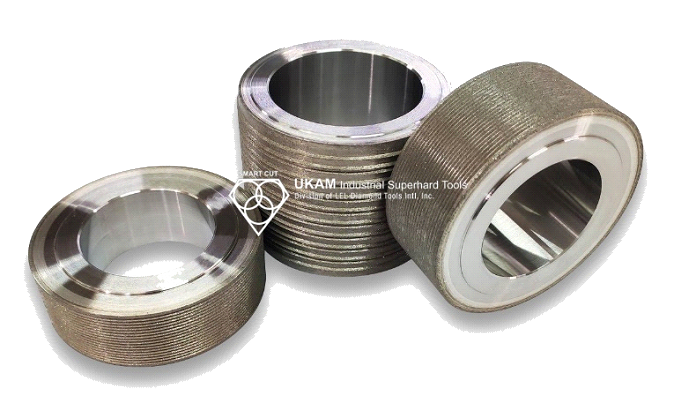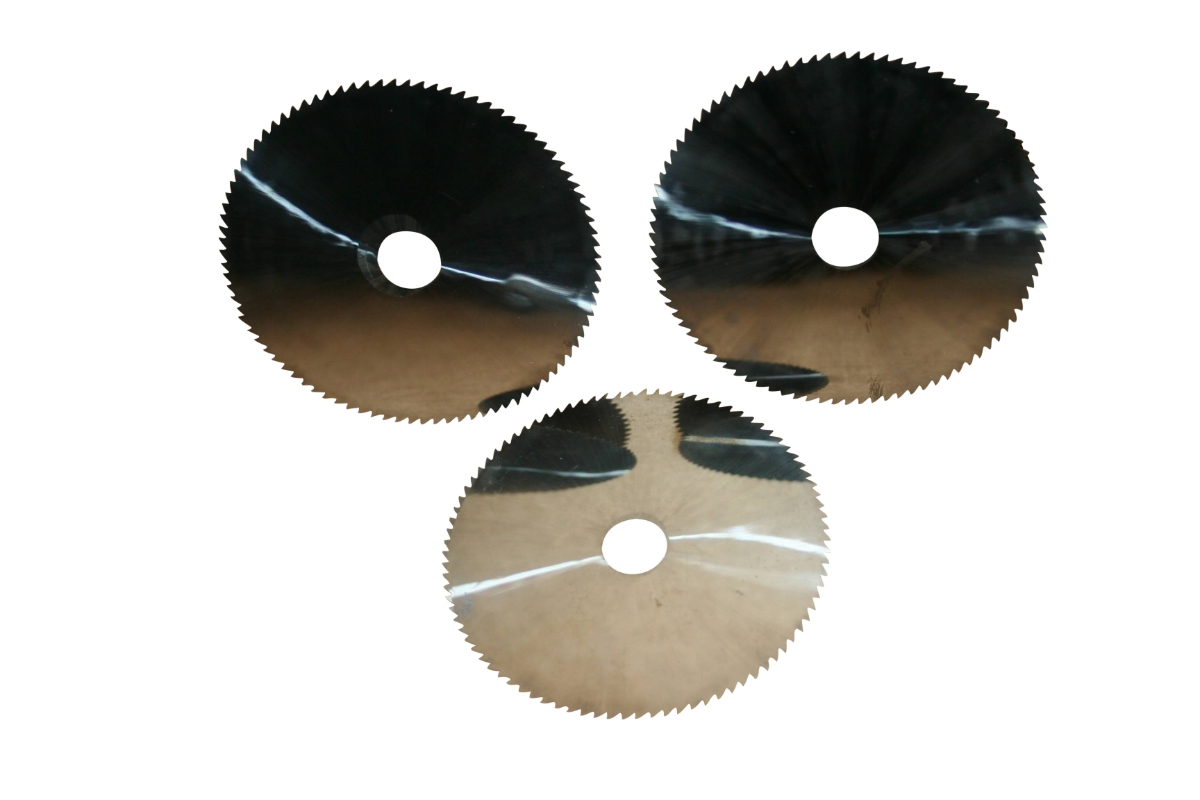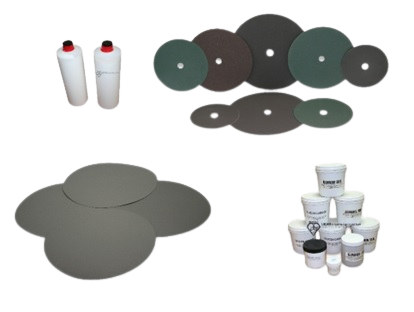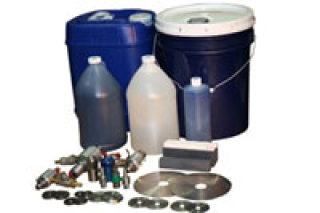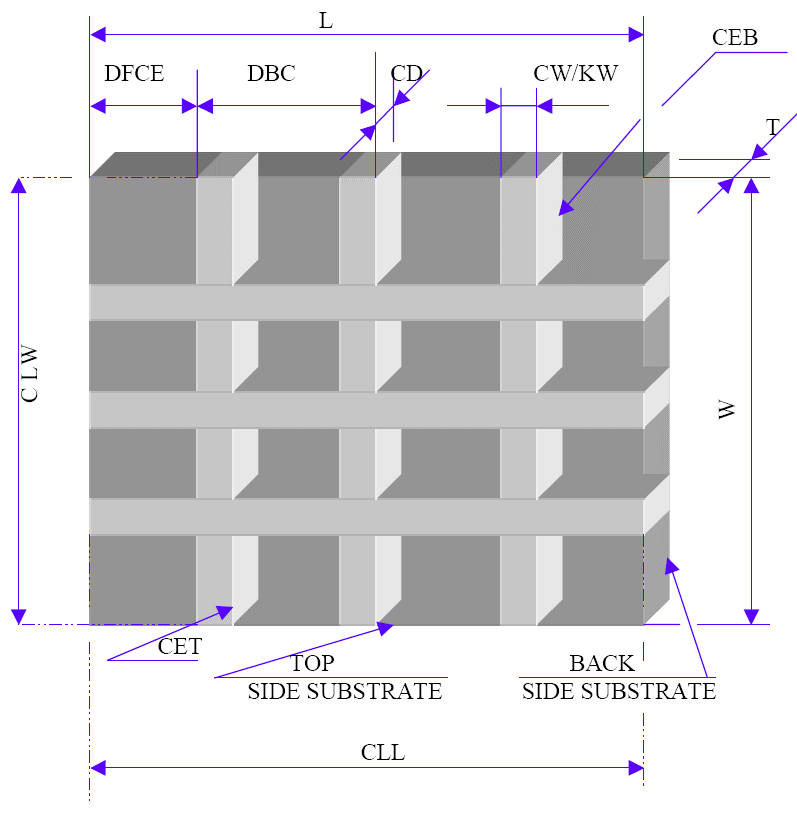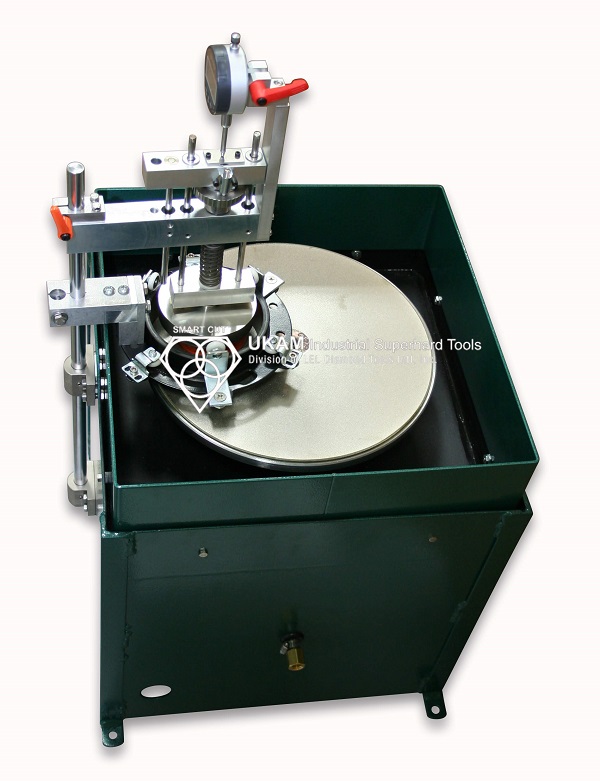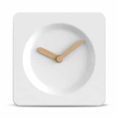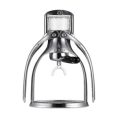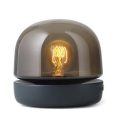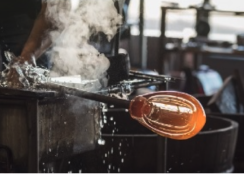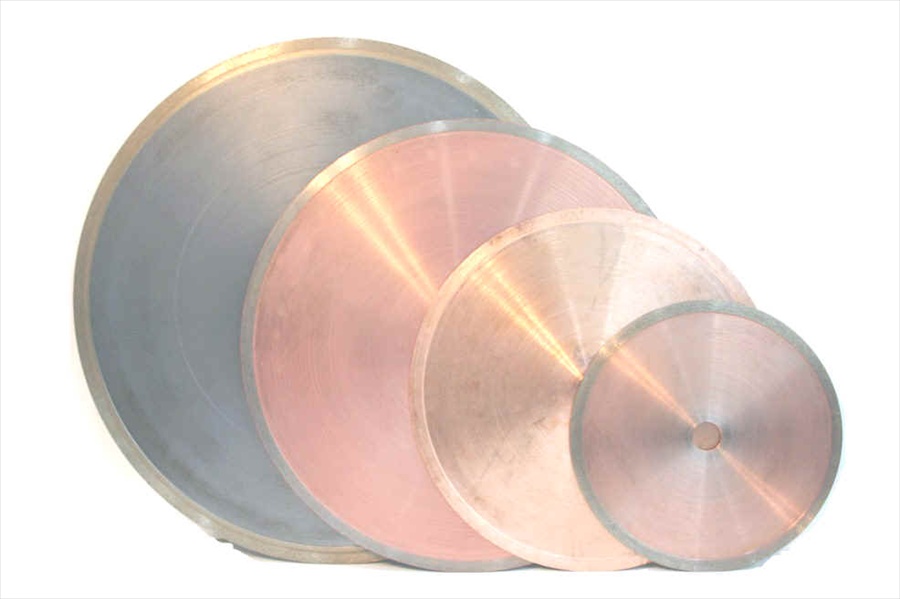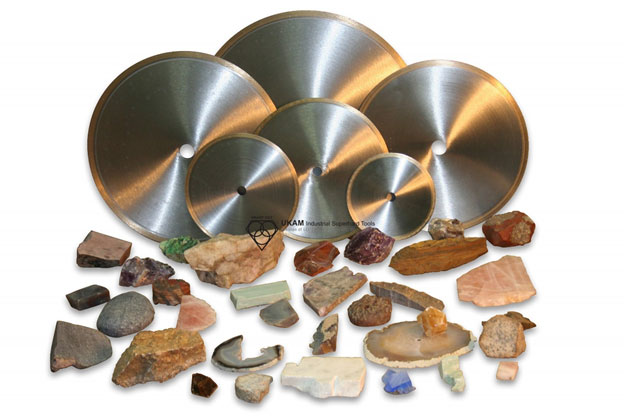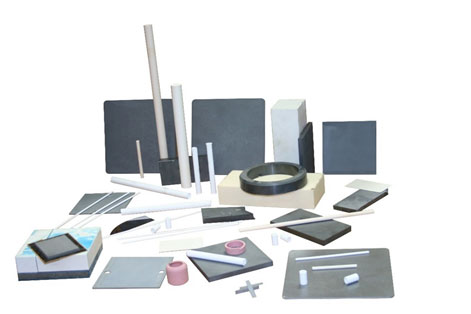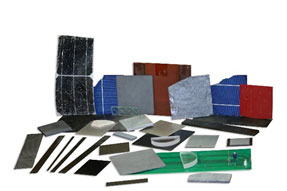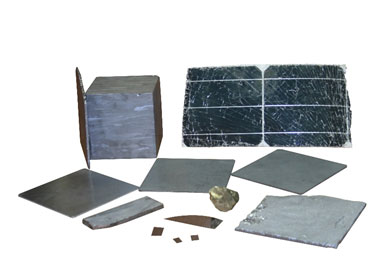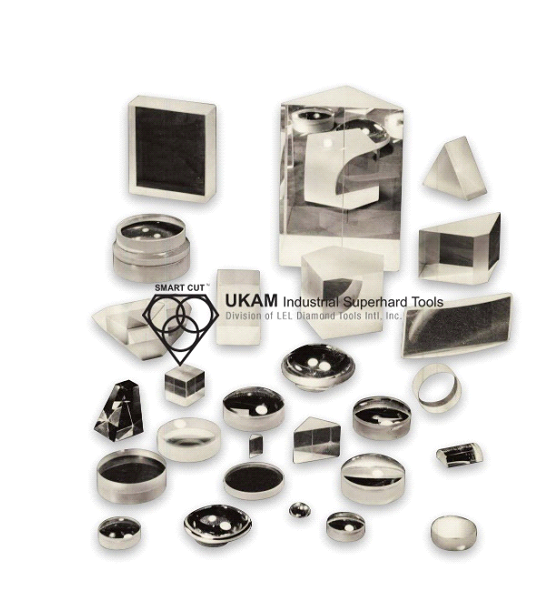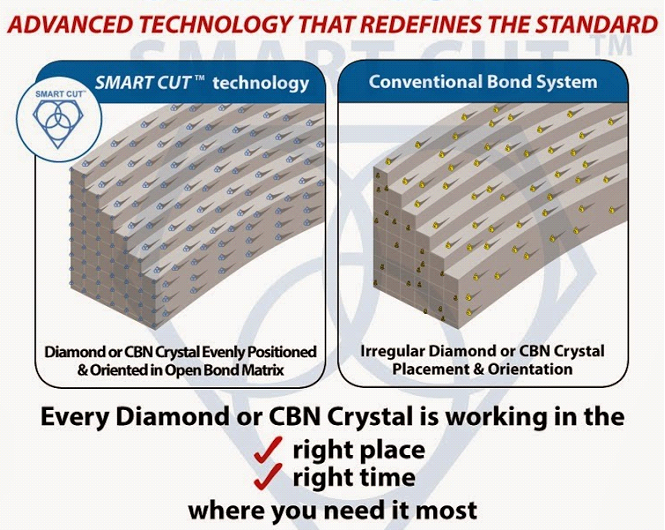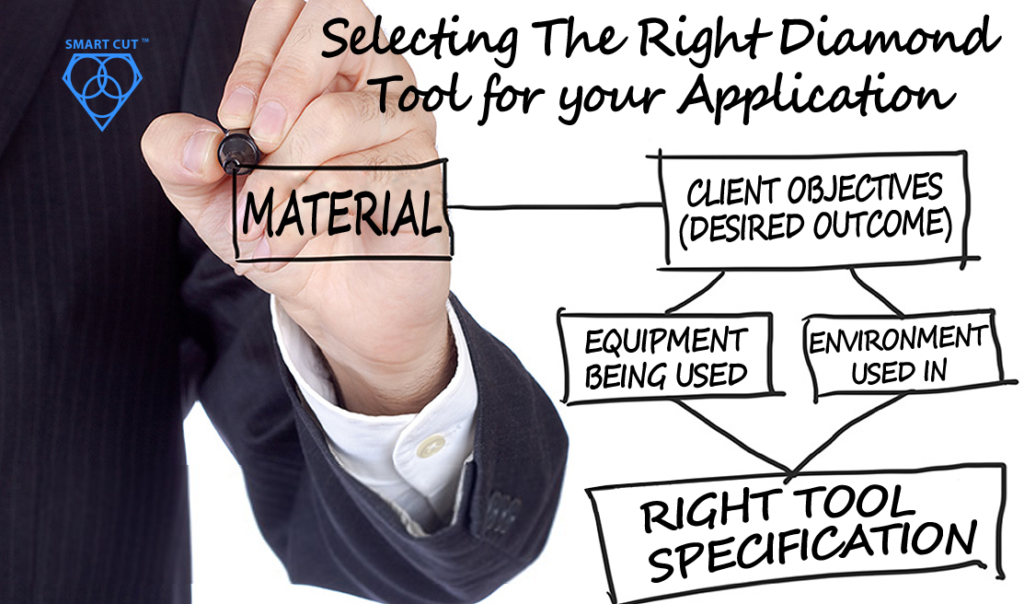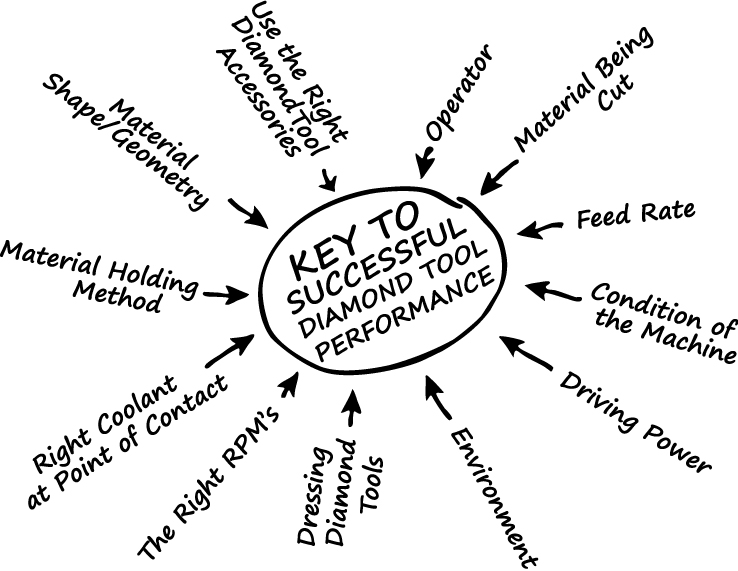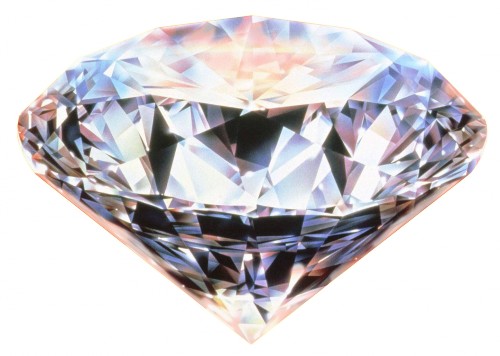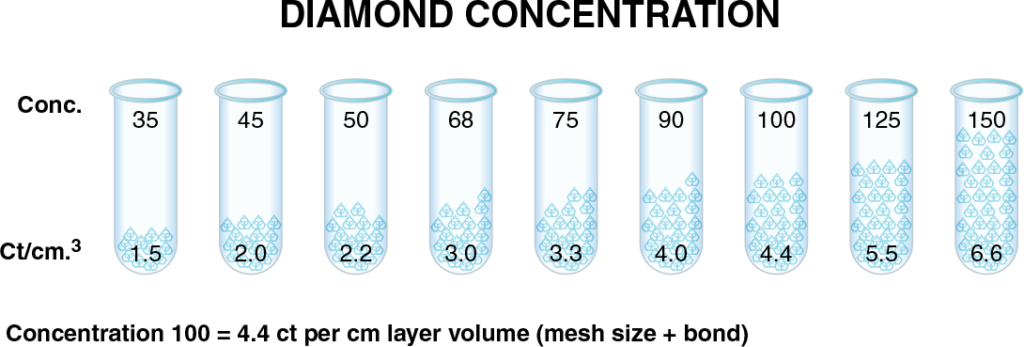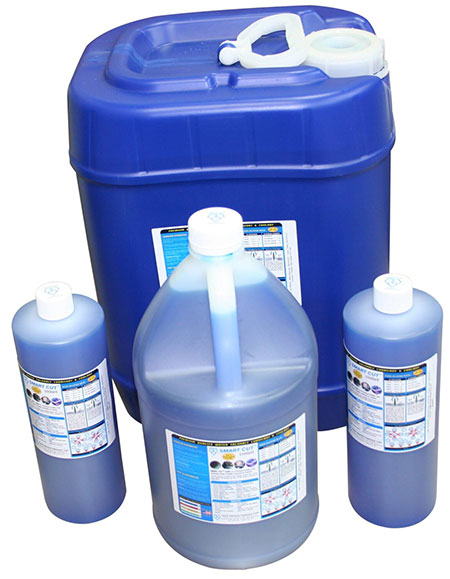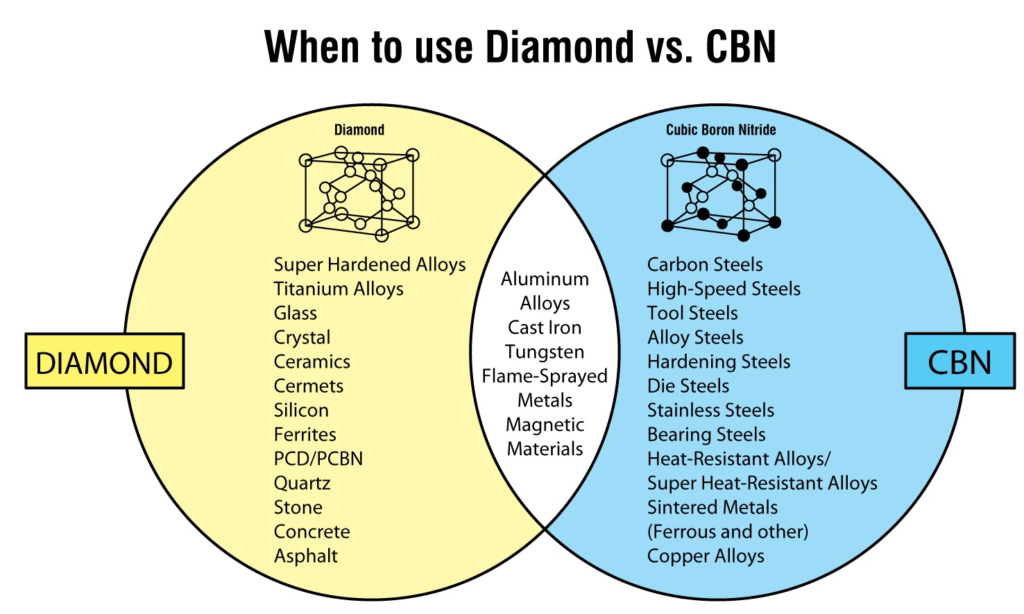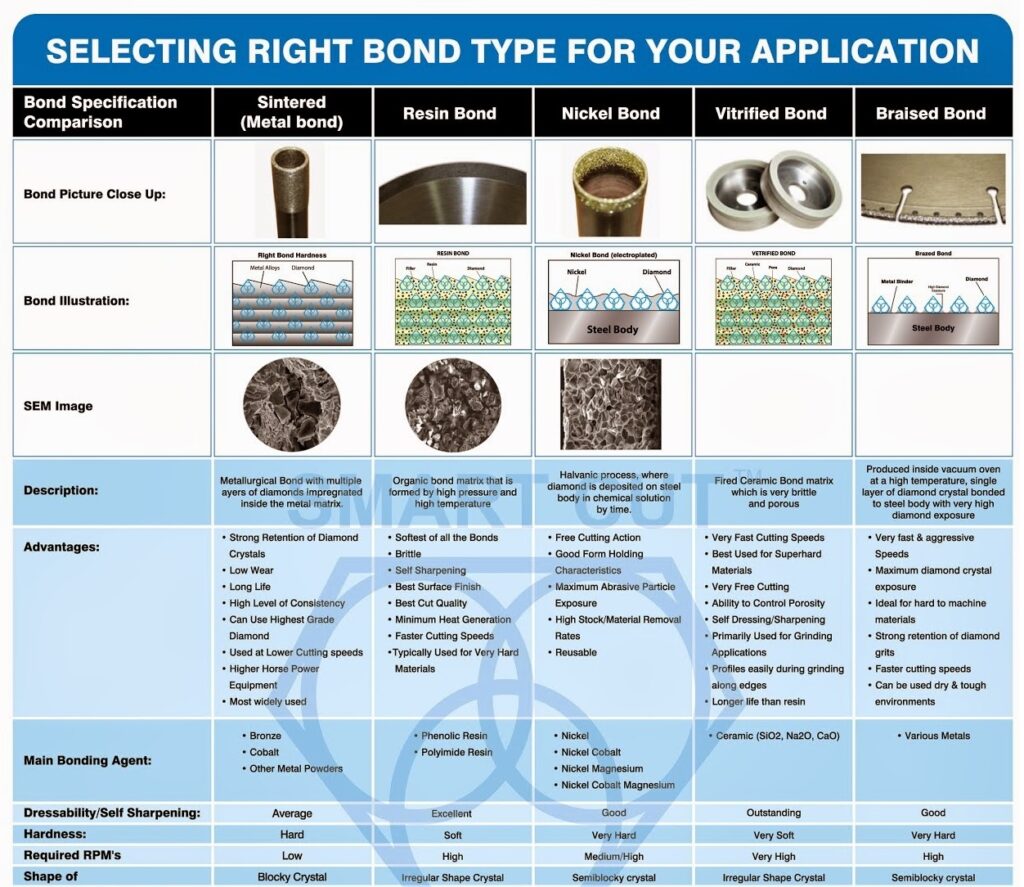
Diamond Pellets provide quick material removal with precision finishing. Diamond pellets are suited for superfine glass, sapphire, ceramics, semiconductor materials, ultra hard & brittle materials and other glass like materials. It is recommended that pellets be used with on our SMART CUT coolants to maximize efficiency and surface finish.
Advantages:
-
 Long Life
Long Life
-
 Consistent Performance
Consistent Performance
-
 More Freer Cutting
More Freer Cutting
-
 Good Form Retention
Good Form Retention
Materials Used on:
-
 Glass
Glass
-
 Quartz
Quartz
-
 Ceramic
Ceramic
-
 Sapphire
Sapphire
-
 Silicon
Silicon
-
 many other Ultra Hard & Brittle Materials
many other Ultra Hard & Brittle Materials
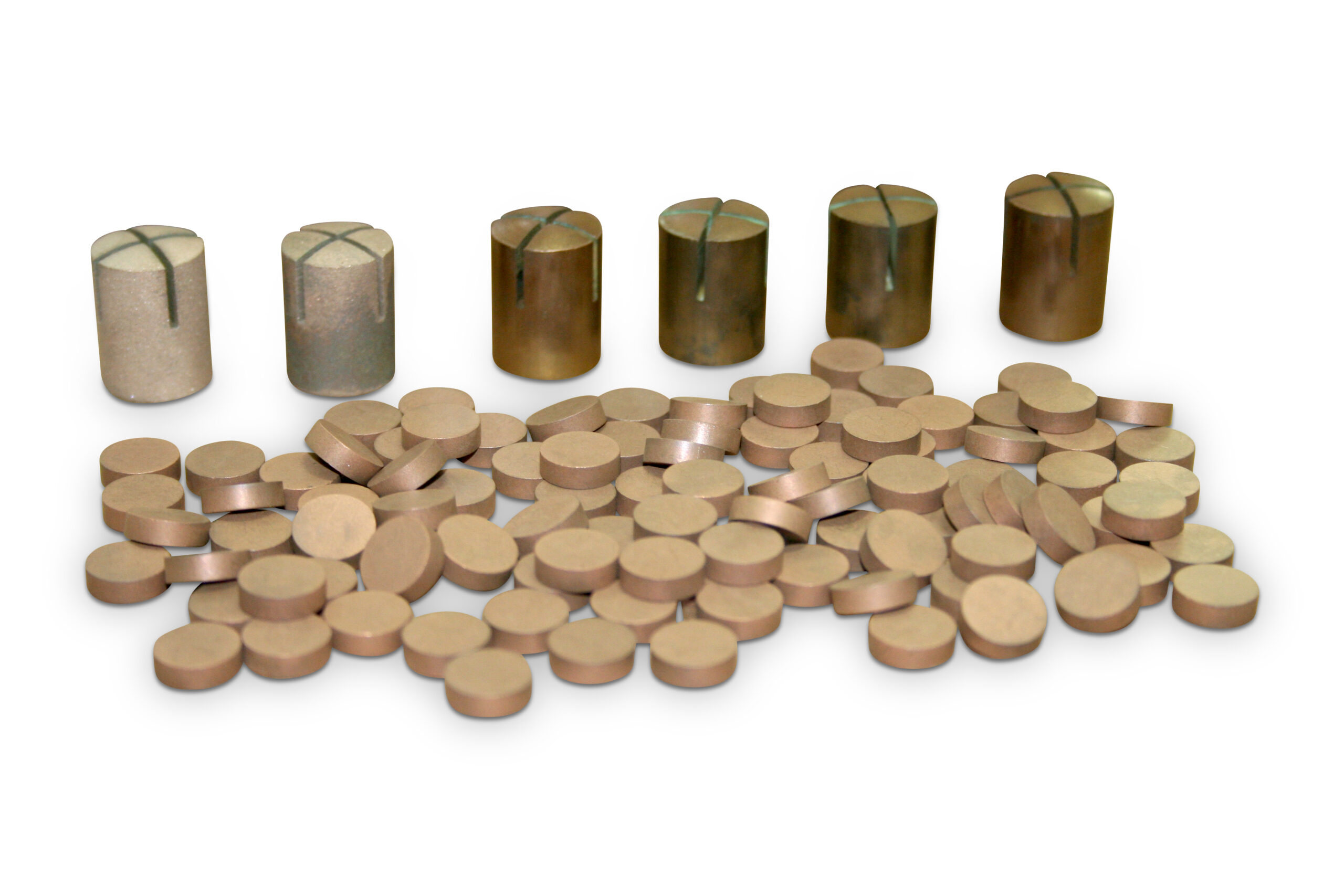
Diamond Pellets: Specifications Available:
Diameters Available: from 1mm to 125mm
Thicknesses Available: 0.5mm to any thickness
Shapes Available: Flat, Concave, Convex
Diamond Grit Sizes Available: 400 micron to 3 micron
Bond Types Available: Sintered (metal bond), resin bond, hybrid bond, vitrified bond
Our Diamond Pellets are used for:
-
 Performa rough surface grinding of glass and glass like materials
Performa rough surface grinding of glass and glass like materials
-
 condition/break in polishing pads
condition/break in polishing pads
-
 shape material to desired rough curvatures
shape material to desired rough curvatures
Bond Types Available:
-
 Sintered (metal bond)
Sintered (metal bond)
-
 Resin Bond
Resin Bond
-
 Hybrid Bond
Hybrid Bond
-
 Vitrified Bond
Vitrified Bond
| Sintered (metal bond) | Resin Bond | Hybrid Bond | Vitrified Bond |
|---|---|---|---|
 |
 |
 |
 |
 |
 |
 |
|
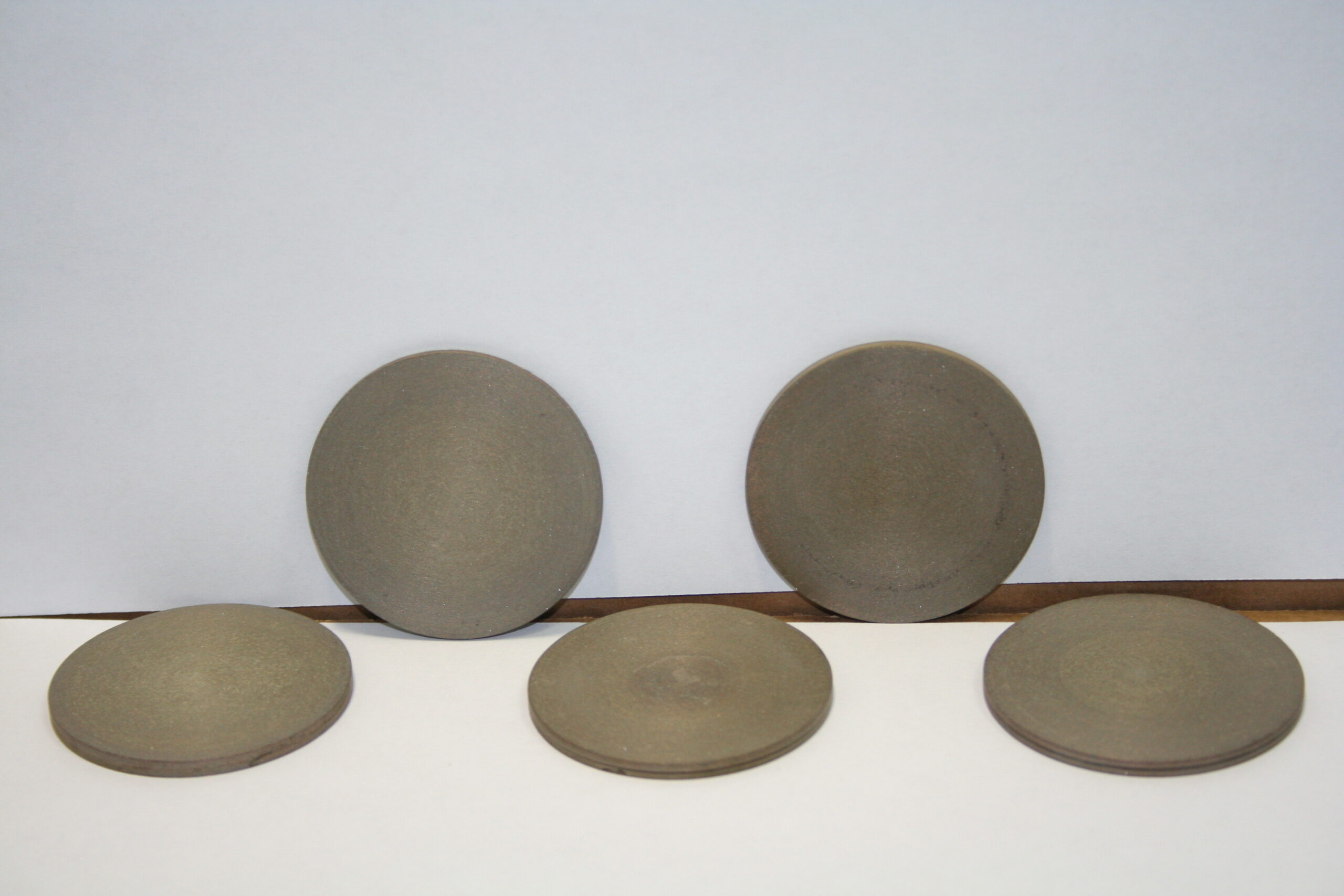 |
 |
Sintered (metal bond) diamond pellets – have high retention of diamond crystals inside the bond matrix. Provide excellent cutting rates, form retention, and long life.
Resin Bond Diamond Pellets – organic bond matrix this is formed by high pressure and high temperature. Offers fast cutting speeds, minimum heat generation, self sharpening characteristic, and best surface finish. The resin bond pellets are typically used for hard materials, glass and optics.
Hybrid Bond Diamond Pellets - combines the benefits of metal bonded tools (cutting performance, endurance and good cooling properties) and resin bonded tooling (homogeneous scratch-free surfaces, very low sub surface damage, optically measurable after grinding, reduced polishing times).
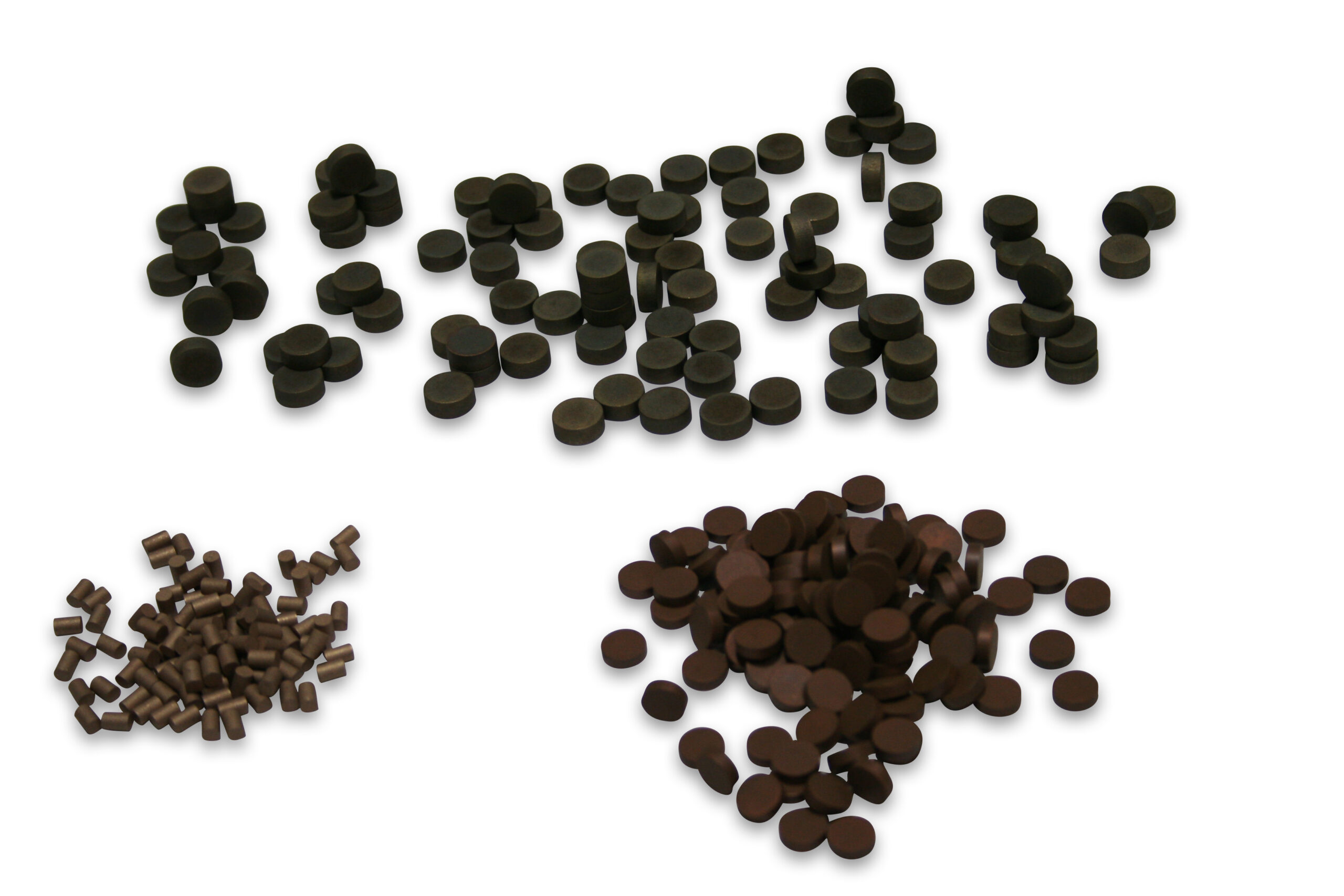
Application:
-
 Roughing to semi finishing (100 to 400 mesh) – 100 concentration
Roughing to semi finishing (100 to 400 mesh) – 100 concentration
-
 Semi-finishing (45 microns) – 75 concentration
Semi-finishing (45 microns) – 75 concentration
-
 Finishing (20-30 microns) – 50 concentration
Finishing (20-30 microns) – 50 concentration
-
 Super-finishing (15-20 microns) – 35 concentration
Super-finishing (15-20 microns) – 35 concentration
-
 Pre-polish grinding (6-9 microns) – 25 concentration
Pre-polish grinding (6-9 microns) – 25 concentration
DIAMOND GUIDE PELLETS SELECTIONG

Diamond-impregnated lappingpellets (also known as plugs or buttons) have been successfully used for a number of years to cut and lap glass materials. However, many lapping machine operators have been disappointed with the results obtained when using these pellets on extremely hard materials, such as quartz, tungsten carbide, alumina or sapphire. Conventional diamond pellets were typically supplied as a “one-size-fits-all” solution, with little consideration for the requirements of the application. As a result, they often added significant costs while providing few, if any, benefits. Additionally, some of the pellets used poor-quality diamond powders that scratched the product’s surface or wore down quickly. For these reasons, many manufacturers of hard materials have continued using loose abrasives in their cutting and polishing operations.
Recently, however, new diamond pellets have been developed that incorporate higher quality diamond crystals and stronger bond formulations in carefully balanced compositions. With the availability of these custom-engineered, high-performance diamond pellets, manufacturers of hard materials can significantly increase their cutting and lapping efficiency and quality.
Improving the Diamond Composition

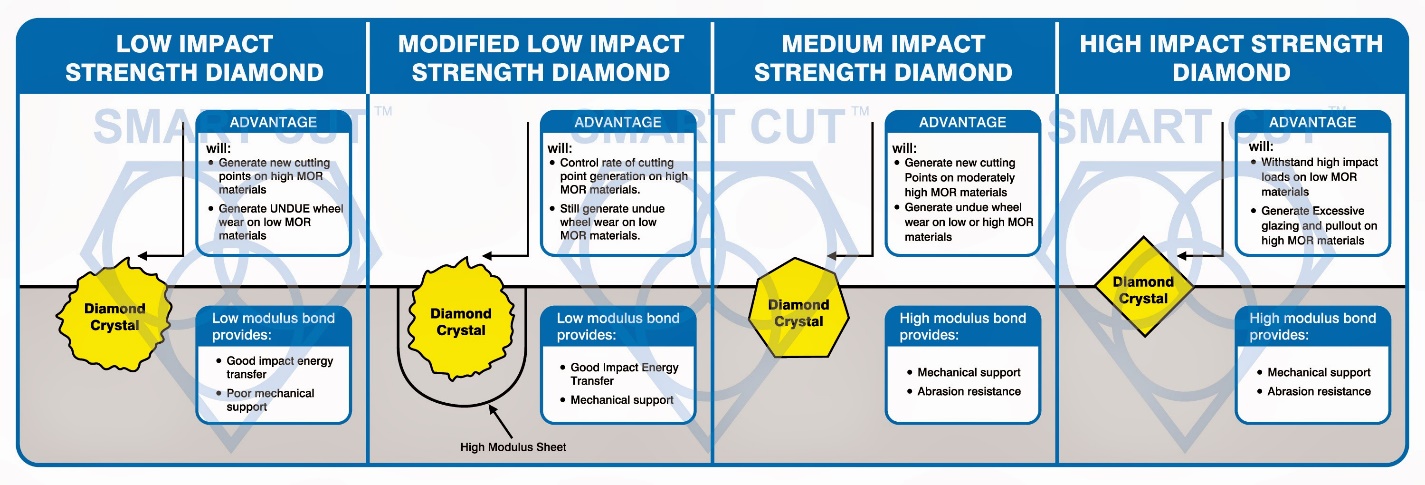
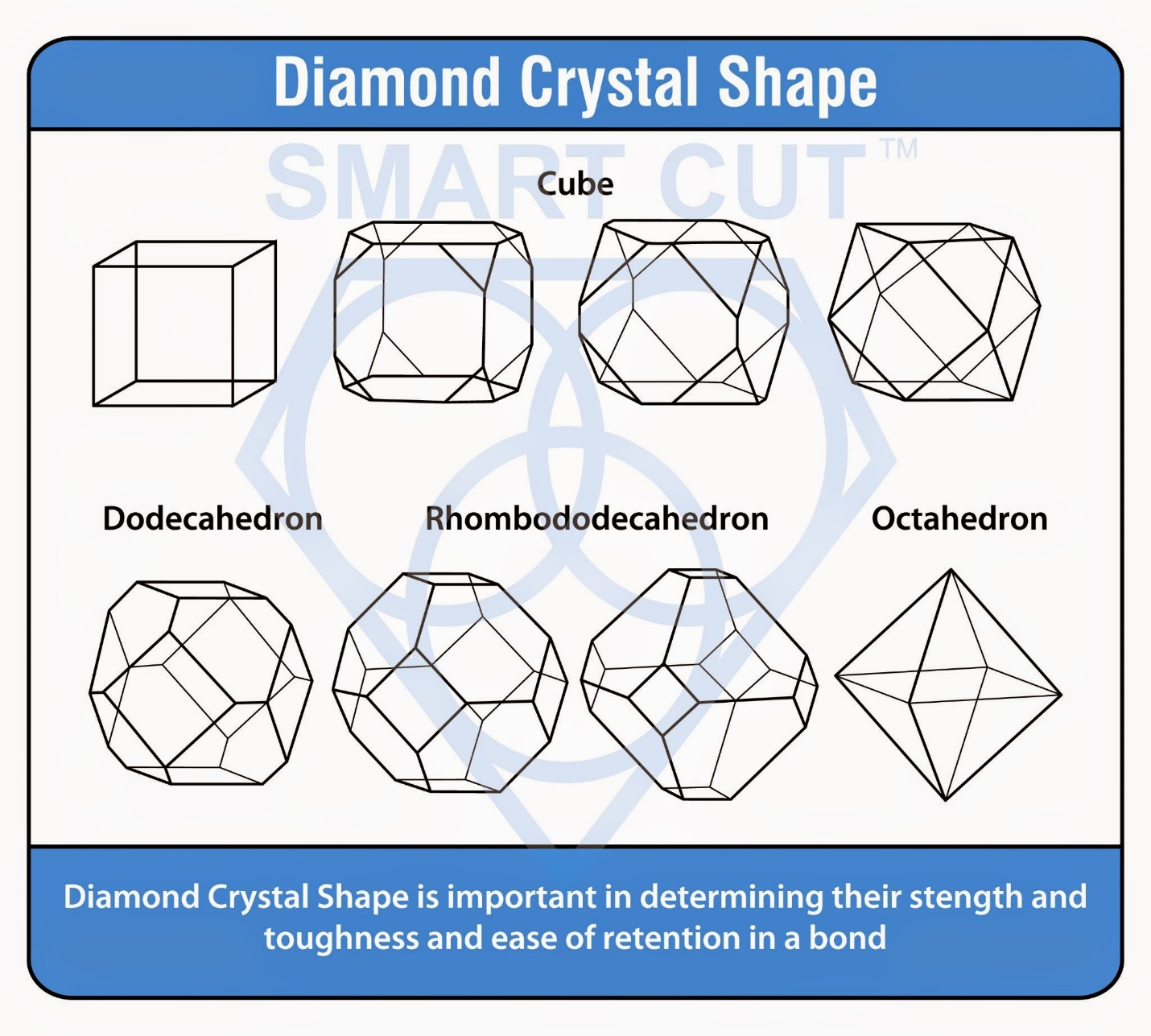
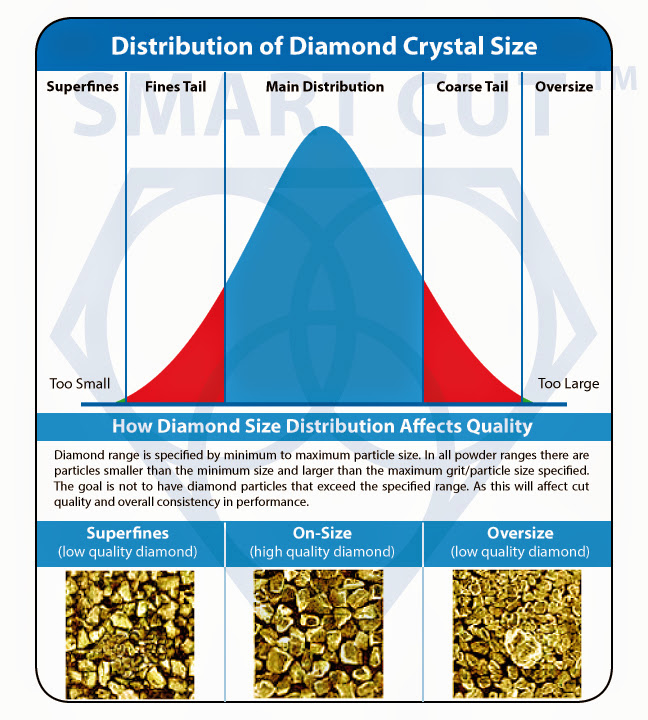
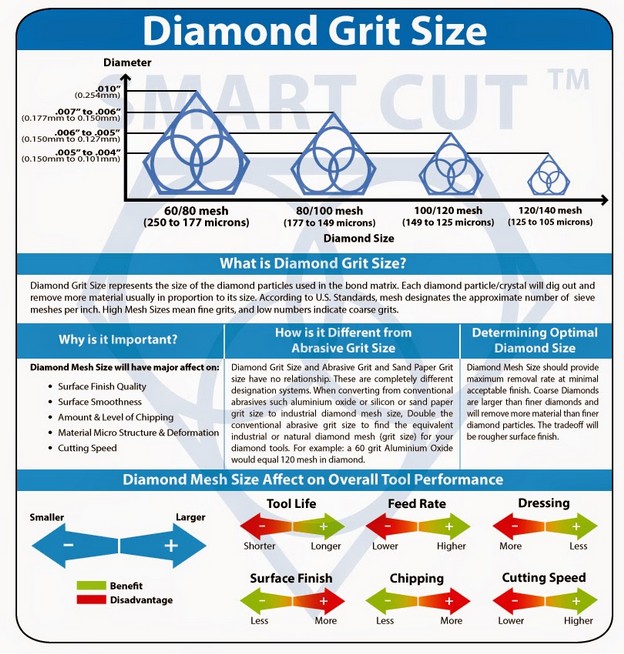
High-quality, uniform diamond crystals are essential when cutting or lapping hard materials—especially when using diamond-impregnated lapping pellets. A lower-quality diamond powder contaminated with undesirable shapes (slivers, shales, windows or splinters) and a wide range of sizes can either scratch the work piece or break down inconsistently, diminishing the life of the powder and making frequent redressing or replacement necessary.
In the past, high-quality industrial diamond powders weren’t widely available to pellet suppliers, and the quality of the pellets suffered as a result. However, within the past decade, a proprietary production milling system was developed* to increase the quality of industrial diamond crystals. The process breaks off all extruding parts of the crystal and leaves a very solid core. The result is a premium diamond powder
composed of uniform, block-shaped crystals with strong, defect-free edges. The powder is graded to severe standards, ensuring narrow size distribution and no oversize particles.
The quality of the bond, or coating, has also been significantly improved. Early diamond-impregnated pellets used a metal bond that worked well for cutting and lapping glass but failed in harder materials applications, causing the crystals to be pulled out of the coating. As a result, the pellets dulled rapidly. The improved bond formulations use a new metal-to-diamond adhesion process to help ensure that the diamond powders remain in place for a much longer period of time, even when cutting or lapping extremely hard materials, such as sapphire.
Developing New Pellets
To improve the performance of diamond-impregnated pellets, researchers evaluated many different diamond and bond compositions on a variety of materials and made extensive measurements in five different areas: the surface roughness (Ra), the material removal rate (mrr), the pressure required for operation, the amount of loading or dulling incurred over a period of time, and the lifetime or grinding ratio (G-ratio, defined as the volume of product removed divided by the volume of pellet lost) of the pellets. They found that these five characteristics are frequently interrelated. For example, increasing the operating pressure typically increased the mrr. Pellet compositions engineered to have a larger mrr also showed a higher Ra, while pellets designed to have a larger G-ratio generally exhibited lower mrr, a lower Ra and a shorter loading time. Most changes in composition to enhance one characteristic degraded another. However, researchers discovered that they could improve the overall performance of the pellets by using the newer high-quality diamond powders with high-strength bonds, and by carefully adjusting the composition and concentration of the separate components.
The test data also showed that the mrr generally declined over time, with the decline becoming progressively worse after just a few minutes of lapping. This decline could be quantified by a decay constant (D), which was unique to each combination of pellet and lapped material. Frequently, the mrr approached zero as the lapping process continued, at which point the pellets had to be redressed to restore the original mrr. When the lapping process was resumed, the decay of the mrr was repeated. Again, researchers discovered that by using the newer high-quality diamond powders with high-strength bonds, and by carefully adjusting the composition and concentration of the separate components, they could slow the speed of decay.
The high-performance fixed abrasives developed through these tests range from very aggressive lapping to fine cutting. Using the refined pellets, glass and quartz can be lapped up to 80 microns per minute on existing lapping machines—significantly faster than with conventional pellets or loose abrasives. Additionally, while the pellets have been successfully tested in pressures as high as 45 psi, they also work well with the lower pressure constraints often found in glass and ceramic lapping. Unlike conventional pellets, which required pressures of 4-6 psi and higher, the new pellets can operate at 1-3 psi—and even lower, in some cases. For example, glass lapping pellets are available that operate successfully down to 3⁄4 psi.
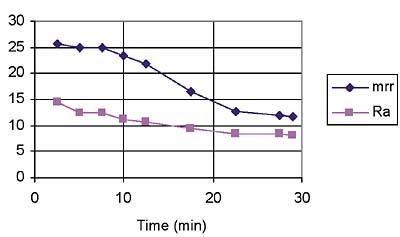
The new pellets also produced satisfactory results on hard materials. Figure 1 shows the test results on fused quartz using a test plate with new pellets engineered specifically for quartz lapping. In this instance, quartz straight from a high-quality saw was lapped in preparation for polishing. The saw left an Ra of 150 µ-in, and the final Ra after lapping with the medium grade quartz pellet test plate was 9 to 10 µ-in. A total of 0.020 in. of material was removed in this run. In this example, several hours of lapping with loose abrasives of three different grits was replaced with pellet lapping for only a few minutes. Because of the excellent Ra created by the pellets, the subsequent polish time was also reduced from about two hours to about 45 minutes. In addition, the abrasive waste (swarf) was reduced from several pounds to a few ounces.
Figure 2 shows the results obtained from a new medium-grade sapphire pellet on c-axis sapphire. In this test, three 2-in. wafers were run with 33 lbs of dead weight at 80 rpm on a 12-in. SpeedFam lapping machine. The average pressure (always measured on the surface of the pellet) was 5.4 psi, and the test plate contained 202 pellets. The resulting population density (the area of the pellet to the area of the plate) was 64%. As can be seen from Figure 2, the average mrr was about 3.5 microns per minute, and the final Ra after 35 minutes of lapping was 13 µ-in. This operation to remove 0.005 in. of material replaced a 12-hour lap with loose abrasives. The same pellets exhibited similar results on hard alumina.
In yet another test, a more aggressive sapphire pellet yielded an mrr of 7 microns per minute with an Ra of 20+ on c-axis sapphire and much faster lapping on a-axis sapphire and alumina.
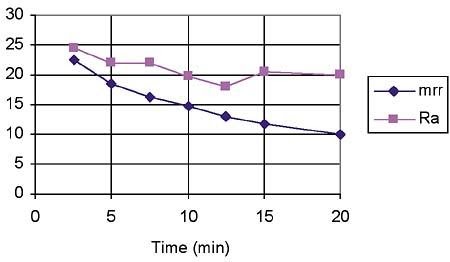
Efficient Lapping
Considerable progress has been made in the last few months in pellet performance on hard materials. With the availability of improved diamond powders and stronger bonds, pellets have been developed that work well with glass, quartz, silicon, ceramics, sapphire (including c-axis) and many metals. Advantages of the new pellets in these applications include:
-
 A lapped surface with a low Ra that will polish quickly
A lapped surface with a low Ra that will polish quickly
-
 A high material removal rate (mrr)
A high material removal rate (mrr)
-
 Operation at low pressure, resulting in reduced subsurface damage
Operation at low pressure, resulting in reduced subsurface damage
-
 Minimal loading or dulling over an extended period of time (at least several runs)
Minimal loading or dulling over an extended period of time (at least several runs)
-
 A high G-ratio (anywhere from 50 to 1000, depending on the pellet composition and product being lapped)
A high G-ratio (anywhere from 50 to 1000, depending on the pellet composition and product being lapped)
Pellets are also under development for extremely hard ceramic materials, such as silicon carbide and tungsten carbide.
With today’s high-performance fixed abrasives, ceramic manufacturers can reduce their polishing and lapping times and increase their manufacturing efficiency.
Contact Us for FREE Quote & Recommendation

Let Us Help You:
-
 Improve Tool Life
Improve Tool Life
-
 SAVE TIME & MONEY
SAVE TIME & MONEY
-
 Obtain More Consistent Results
Obtain More Consistent Results
-
 Improve Surface Finish
Improve Surface Finish
-
 Preserve True Material
Preserve True Material
Microstructure -
 Reduce & eliminate Material Deformation
Reduce & eliminate Material Deformation
-
 Improve Tool Lite & Overall Performance
Improve Tool Lite & Overall Performance
Why Work With Us?

Comprehensive Source of Information on Diamond Tools
The more you understand about what we can do for you the better our partnership will be. Here you will find most comprehensive source of information and optimizing and improving your cutting, drilling, grinding and polishing on the web. Find everything you ever wanted to know about diamond tools.

Large Inventory & Custom Manufacturing
We have the largest variety of diamond tools available in stock. we regularly produce custom diamond tools to better fit customers specific needs & specifications. Just about any diamond tool can be designed and manufactured per customer drawing or specifications.

UMATCHED TECHNICAL SUPPORT
We Are a Partner In Your Success
Developing close ties with our customers is the foundation of our business. At the core of
our company is a team of world class engineers, knowledgeable customer service personnel here to serve you. Whether is designing or manufacturing a special solution. We will go out of our way to optimizing your process to ultimate level of efficiency.

ADVANCED TECHNOLOGY
American Manufacturer
As one of the few remaining independent U.S.Diamond Tool & machine builders. We have the experience & tradition to help you remain at frontier of technology Our experience has been further enhanced by acquiring assets and processes from some of the oldest American tool
manufacturers, along with their decades of experience and R& D. This has positioned us as one of the most experienced companies in the industry.

SUPERIOR QUALITY & CONSISTENCY
-
 Different Product
Different Product
-
 Different Company
Different Company
-
 Different Technology
Different Technology
Our unique bond formulations, tool designs, stringent requirements, and utilization of exceptionally high-quality diamonds and raw materials ensure top-notch products that adhere to strict ISO 9000 standards.
Our proprietary technology allow us to control and regulate the dozens of variable that affect toolife, quality, & consistency
Expect MORE from your tools

Experience makes all the Difference
"One of the most experienced companies in the industry"
With a team of highly knowledgeable and experienced engineers, we possess a deep understanding of the challenges you encounter when cutting, drilling, grinding and polishing. This expertise is gained from decades of experience manufacturing sophisticated and high precision tools and equipment for advanced industries and complex applications. Unlike other companies that exclusively focus on tools for the stone and construction industries, we offer unique solutions that surpass their capabilities and expertise.
